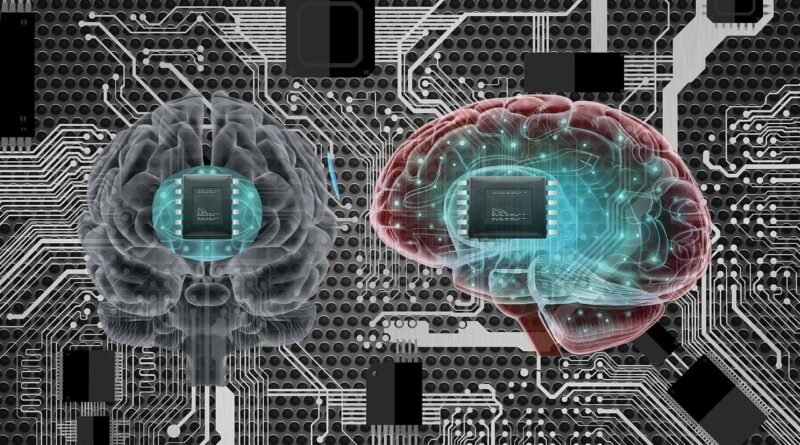AI-Driven Materials Discovery: Accelerating Innovation in 2025 and Beyond
Introduction
The development of new materials underpins technological progress in industries from electronics to energy to aerospace. However, traditional materials discovery is often slow, costly, and labor-intensive. In 2025, AI-driven materials discovery is transforming this landscape by drastically accelerating the design and testing of novel materials.
This article explores how AI is reshaping materials science, recent breakthroughs, and what the future holds for innovation across sectors.
What is AI-Driven Materials Discovery?
AI-driven materials discovery uses machine learning algorithms, data analytics, and computational modeling to predict the properties and performance of materials before physical synthesis. By analyzing vast datasets and simulating atomic-level interactions, AI helps researchers identify promising candidates faster and more accurately than ever.
Recent Advances in 2025
- Generative Models: AI models now design entirely new molecular structures with targeted properties, such as superconductivity or high strength-to-weight ratios.
- High-Throughput Screening: Automated AI-powered platforms can analyze thousands of material variations simultaneously, optimizing for specific criteria.
- Integration with Robotics: Coupling AI with robotic laboratories enables rapid synthesis and testing cycles, drastically reducing R&D time.
- Open Data Initiatives: Collaborative databases and AI tools are making materials science more accessible and accelerating discovery across institutions.
Impact Across Industries
- Electronics: AI-designed semiconductors and flexible materials are powering next-generation devices with improved efficiency and durability.
- Energy: Novel battery components and catalysts discovered through AI enhance storage capacity and renewable energy conversion.
- Aerospace: Lightweight, heat-resistant materials developed via AI improve aircraft performance and fuel efficiency.
- Healthcare: Biocompatible materials tailored by AI support advanced implants and drug delivery systems.
Challenges to Address
- Data Quality: High-quality, comprehensive datasets are crucial for training accurate AI models.
- Interpretability: Understanding AI predictions at a fundamental scientific level remains complex.
- Experimental Validation: AI-generated materials must be validated through costly and time-consuming physical experiments.
- Cross-Disciplinary Collaboration: Successful AI-driven discovery requires close cooperation between data scientists, chemists, and engineers.
The Road Ahead
AI-driven materials discovery is set to become a cornerstone of innovation, enabling breakthroughs at unprecedented speed. Looking forward:
- Hybrid AI-Quantum Computing: Combining AI with quantum simulations promises even more precise material predictions.
- Sustainability Focus: AI will prioritize discovering environmentally friendly and recyclable materials.
- Customized Solutions: Tailored materials for specific industry challenges will become commonplace.
- Wider Accessibility: Democratization of AI tools will empower startups and academic labs worldwide.
Conclusion
By harnessing the power of AI, materials science in 2025 is entering a new era of rapid innovation and discovery. This revolution will drive advancements across countless fields, fostering technologies that shape the future.
For researchers, investors, and industry leaders, embracing AI-driven materials discovery offers a path to staying at the cutting edge of technology and sustainability.

